What makes an ad unforgettable? It's not the budget. It's the story.
In 2025, the best product ads don't look like ads at all. They look like something a friend would send you. Something you'd actually stop scrolling for. The brands winning right now understand that creativity isn't about having the flashiest production or the biggest celebrity. It's about showing up in a way that feels human.
Short-form video dominates. Personalization is expected. And AI tools are helping brands move faster than ever without sacrificing authenticity. Did you know that ads that feel personal drive 2.5x more engagement than traditional branded content? That's not just a nice-to-have anymore. It's the difference between being ignored and being remembered.
In this guide, we'll explore 9 creative product advertisement ideas that show how brands are keeping it real, and how you can too.
Why Creative Ads Still Matter in 2025
You've probably heard that user-generated content (UGC) is king, that influencer marketing is the future, and that AI-generated content is taking over. All true. But here's what hasn't changed: creative product ads still have the power to move people.
Here's why they work:
- They turn products into experiences: A great ad doesn't just show what something does. It shows how it makes you feel.
- They communicate emotion fast: You have three seconds to hook someone. Creative ads do it visually, emotionally, instantly.
- They can go viral when they feel human: The ads that blow up aren't the most polished. They're the most relatable.
The brands that get this right in 2025 aren't trying to impress you with production value. They're trying to connect with you like a real person would.
Let's look at 9 standout product ads ideas, and examples that nailed this balance.
Idea 1: User-Generated Authenticity
Sometimes the best way to sell your product is to let real people do it for you. Not actors. Not influencers. Just everyday customers using your product in their actual lives. This approach builds trust faster than any polished commercial ever could.
Example: Skims – "Campus Collection"
Skims launched its Campus Collection by casting real college students as models, not professional talent. Students from universities like Alabama, USC, Duke, and San Diego State filmed themselves wearing the line, posted from their own accounts, and brought their friends and classmates along for the journey.
Why it works:
- Real students make the product instantly relatable to the target audience
- User documentation of the photoshoot experience created authentic behind-the-scenes content
- The casting strategy tapped into existing college communities and social networks
- It positioned Skims as a brand that understands and celebrates its customers
What to learn from it: Your customers are your best advertisers. When you cast real people who genuinely use and love your product, authenticity isn't manufactured but built in. Let them tell their own stories in their own voices. The imperfections and genuine excitement will resonate more than any scripted testimonial ever could.
Idea 2: Absurdist Humor
Making people laugh, really laugh, is one of the fastest ways to cut through the noise. The brands that embrace absurdity and lean into the ridiculous create memorable moments that people can't help but share. Weird works when it's done with confidence.
Example: Dyson – Airbro April Fools' Campaign
For April Fools' Day 2025, Dyson launched the "Airbrow," a miniaturized eyebrow styling tool that used the same airflow technology as their famous Airwrap. The execution was flawless. Professional product shots, sleek branding, influencer unboxings. It looked so real that people actually wanted to buy it. The joke was subtle enough to feel believable, which made the reveal even better.
Why it works:
- The humor aligned perfectly with Dyson's brand identity and product line
- It sparked a genuine conversation about beauty tech innovation
- The execution was so polished that it felt like a real product launch
- It generated massive social media engagement without spending on traditional ads
What to learn from it: Humor doesn't have to undermine your brand. When done right, it humanizes it. The key is making sure the joke serves your brand story, not just entertains for entertainment's sake. If you're going to be funny, commit fully. Half-hearted humor falls flat.
Idea 3: Purpose-Driven Content
People want to buy from brands that stand for something bigger than profits. But purpose-driven advertising only works when it's genuine, consistent, and backed by real action. The best campaigns don't just talk about values, they advance conversations that matter.
Example: Dove – "Why2K?" Podcast Series
Dove launched "Why2K?", a podcast mini-series unpacking 2000s beauty culture and its lasting impact on self-esteem today. Instead of pushing product, the brand created actual content value, fronted by hosts who embody the message of media literacy and body positivity.
The series explored toxic beauty standards, social media pressure, and what it means to feel good in your skin right now. The content itself was the campaign, designed to be clipped, quoted, and discussed in classrooms and social feeds alike.
Why it works:
- Education over promotion builds trust and avoids backlash
- The podcast format allows for deeper, more nuanced conversation
- It reinforces Dove's long-standing commitment to real beauty standards
- The content is inherently shareable and discussion-worthy
What to learn from it: If your brand has a mission, create content that advances that conversation, not just content that mentions it. People can tell the difference between authentic purpose and purpose-washing. Make the content valuable enough that people would engage with it even without the brand attachment.
Idea 4: Cinematic Storytelling
Some brands are elevating product advertising into legitimate art. These aren't commercials. They're mini-films with real directors, emotional weight, and production value that rivals Hollywood. When you treat your ad like a piece of cinema, people watch it like one.
Example: Xbox – "Wake Up" Brand Film
Xbox released "Wake Up," a cinematic brand film that positions gaming as a form of self-liberation. The film blends futuristic visuals with an emotional message, encouraging players to break free from routine and rediscover their human side through play. There's no product demo, no feature list, just a powerful meditation on why gaming matters.
Why it works:
- A-list director gives the content serious cultural weight
- The emotional storytelling creates a deeper connection than traditional ads
- It positions Xbox as a lifestyle and mindset, not just hardware
- High rewatch value means extended impact beyond initial views
What to learn from it: When you have something meaningful to say, invest in saying it beautifully. Cinematic storytelling signals that your brand takes itself and its audience seriously. Don't just sell features. Sell the feeling, the philosophy, the reason your product exists in people's lives.
Idea 5: Nostalgia with Fresh Perspective
Nostalgia is powerful, but only when you make it feel relevant to today. The best nostalgic campaigns don't just remind you of the past; they show you why those feelings still matter now. It's about connection across generations, not just throwback vibes.
Example: Zara – 50th Anniversary Supermodel Campaign
For its 50th anniversary, Zara reunited the original '90s supermodels in a black-and-white campaign. The portraits evoke his iconic Vogue era but layer in Gen Alpha talent, positioning Zara's past and future in a single frame. Social timelines flooded with side-by-side comparisons of the original campaigns versus the new shots, making it one of the most talked-about fashion moments of the year.
Why it works:
- It taps into powerful fashion nostalgia while staying current
- The intergenerational casting bridges multiple audience segments
- The campaign generated organic social conversation and user-created content
- It reminded everyone that Zara has serious fashion credibility
What to learn from it: If your brand has history, use it strategically. But don't just recreate the past, update it with modern context. Show the throughline from then to now. Make younger audiences curious about your heritage while reminding older audiences why they fell in love with you in the first place.
Idea 6: Experiential Activations
The best advertising in 2025 doesn't just ask you to watch, it asks you to participate. Experiential campaigns turn passive viewers into active participants, creating memorable moments that extend far beyond the initial interaction. Real-world activations designed for social sharing are the ultimate form of earned media.
Example: Chili's – "Fast Food Financing" Pop-Up
Chili's opened a fake "Fast Food Financing" shop next to a Manhattan McDonald's, mimicking a sketchy payday lender offering cash to cover fast food meal costs. It was a bold, unexpected response to inflation that actively "paid" customers while celebrating the launch of Chili's new Big QP burger. The absurdity made it shareable.
Why it works:
- It addressed a real pain point (high fast food prices) with humor
- The physical activation created genuine FOMO and social buzz
- Real value exchange (actual money) gave people a reason to participate and share
- The location choice (next to McDonald's) made the competitive message unmissable
What to learn from it: Be bold and unexpected around real problems your audience faces. Experiential marketing works when it delivers actual value, not just a photo op. Think about how your activation can create stories people want to tell, not just moments they want to post.
Idea 7: Cultural Partnership
The smartest brands in 2025 are becoming a part of culture. Strategic partnerships that make sense for both parties create campaigns that feel organic, not forced. When you align with the right partners, you borrow credibility and reach new audiences naturally.
Example: Ralph Lauren – Oak Bluffs Collection
Ralph Lauren launched a limited-edition line inspired by the Black history of Martha's Vineyard, specifically Oak Bluffs. The campaign featured actual residents of Oak Bluffs, not models, in a full branded universe that included a curated Spotify playlist and a documentary that earned a lot of views on YouTube.
Why it works:
- Real community members as the face of the campaign built instant authenticity
- The documentary format provided educational value beyond product promotion
- Multiple touchpoints (music, film, clothing) created an immersive brand world
- It honored cultural history while making it accessible and contemporary
What to learn from it: Cultural partnerships work when they're rooted in genuine respect and long-term commitment, not one-off campaigns. Feature the actual community you're honoring. Create content that has value independent of the product. Make people feel seen and celebrated, not marketed to.
Idea 8: Anti-Influencer Strategy
While most brands chase influencers and celebrities, some are zigging while others zag. The anti-influencer approach mocks the entire PR machine while making customers feel like insiders. It's cheeky, self-aware, and extremely effective at building loyalty.
Example: Olipop – "PR Kit" Amazon Sale
Olipop, the $400 million functional soda brand, continued its anti-influencer strategy by offering customers the same "PR kits" that brands typically send to creators and celebrities. They listed 5,000 curated packages on Amazon for just 5 cents each, lampooning the entire influencer gifting economy.
The campaign was a direct shot at traditional influencer marketing while making regular customers feel valued and in on the joke.
Why it works:
- It subverts expectations in a category dominated by influencer partnerships
- The low price point and limited quantity created urgency It makes customers feel like VIPs instead of just an audience
- The self-aware humor differentiates the brand and builds affinity
What to learn from it: You don't have to follow the playbook everyone else is using. If influencer marketing feels inauthentic for your brand, do the opposite in a way that makes a statement. Make your actual customers feel special. Self-awareness and humor can be more powerful than celebrity endorsement.
Idea 9: Branded Entertainment
Some of the best product advertising doesn't feel like advertising at all. It's entertainment that happens to feature your brand. When you create content people actively want to watch, share, and talk about, you've transcended traditional advertising entirely.
Example: e.l.f. Skin – "Sunhinged" Comedy Series
e.l.f. Skin launched "Sunhinged," a comedy series about SPF awareness that debuted at the Tribeca Festival before rolling out on YouTube. Consider it a 19-minute ad! The series featured celebrity appearances and perfectly balanced education with entertainment, turning a serious health message into binge-worthy content.
Why it works:
- It turns a public health message into genuinely entertaining content
- Celebrity power and comedy make the message shareable
- Premiering at Tribeca gave it cultural legitimacy beyond advertising
- The series format creates ongoing engagement, not just a one-time view
What to learn from it: If you have something important to say, make people want to listen by entertaining them first. Branded entertainment works when the entertainment value stands on its own. People will tolerate brand integration if the content is actually good.
Make Creative Product Advertisements with Solara AI
If you've read this far, you're probably thinking: these examples are inspiring, but how do I actually create ads like this without a massive production budget or a team of creatives?
That's exactly where Solara AI comes in.
Solara is an AI marketing agency that helps marketers and e-commerce brands turn product ideas into authentic, high-performing video campaigns that feel real and work across every platform. Whether you're testing new creative angles, creating personalized content for different audiences, or keeping up with the constant demand for fresh video, Solara makes it possible without sacrificing the human touch that actually converts.
You get the speed and efficiency of AI with the authenticity that resonates. Solara understands tone, timing, and the kind of creative that connects, because it's built specifically for brands that want to create like the examples above but move faster than traditional production allows.
Ready to Create Ads That People Actually Stop to Watch?
Get started on Solara AI, and turn your product ideas into scroll-stopping campaigns that connect with real people and drive real results.
Subscribe to our newsletter
Lorem ipsum dolor sit amet, consectetur adipiscing elit. Suspendisse varius enim in eros elementum tristique.


.jpg)
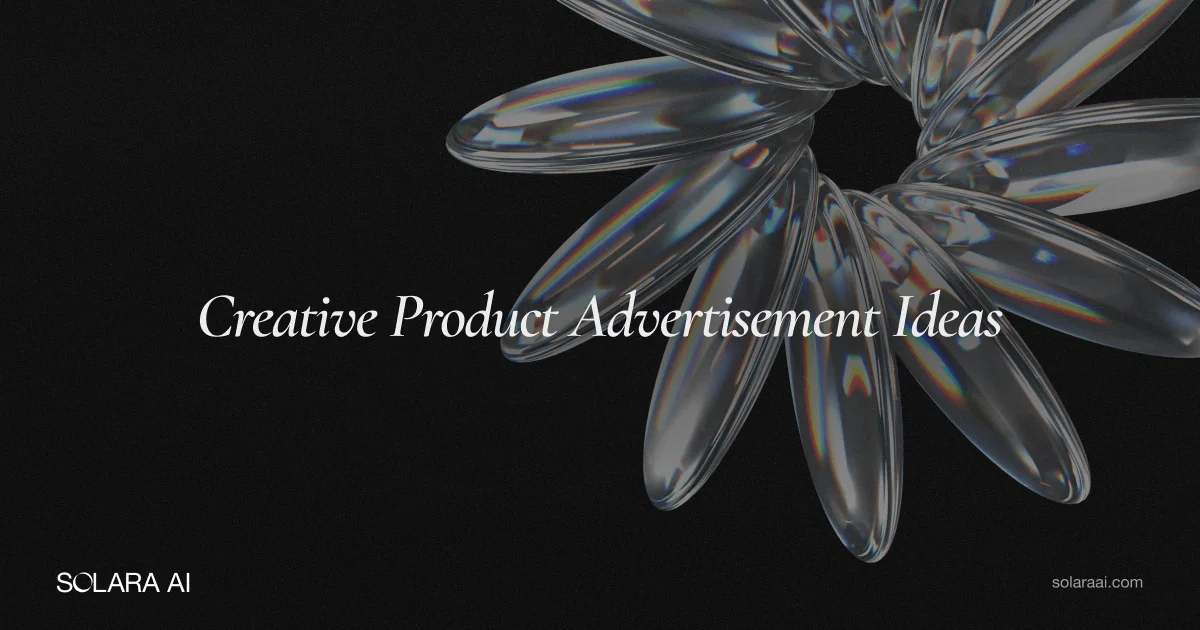
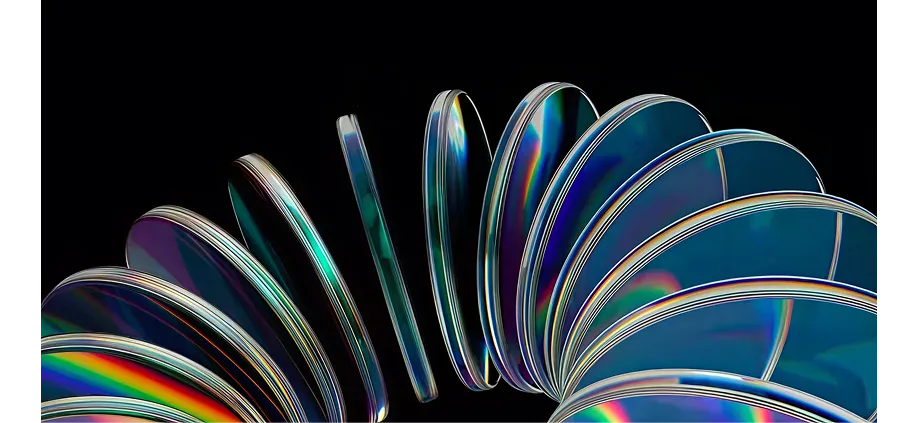







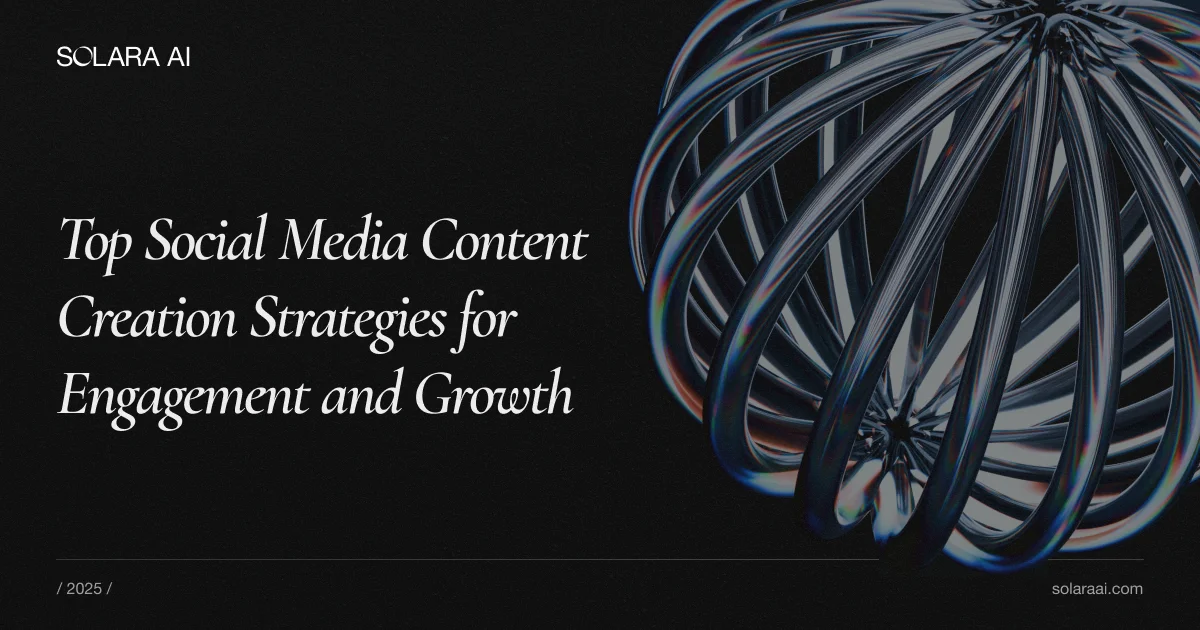
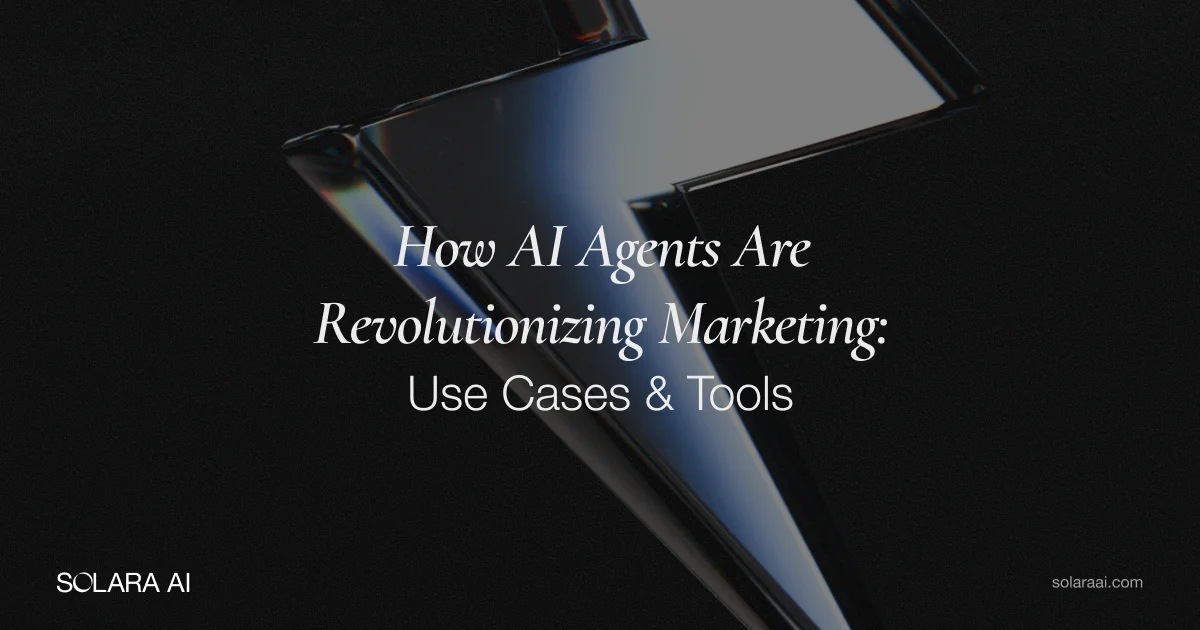
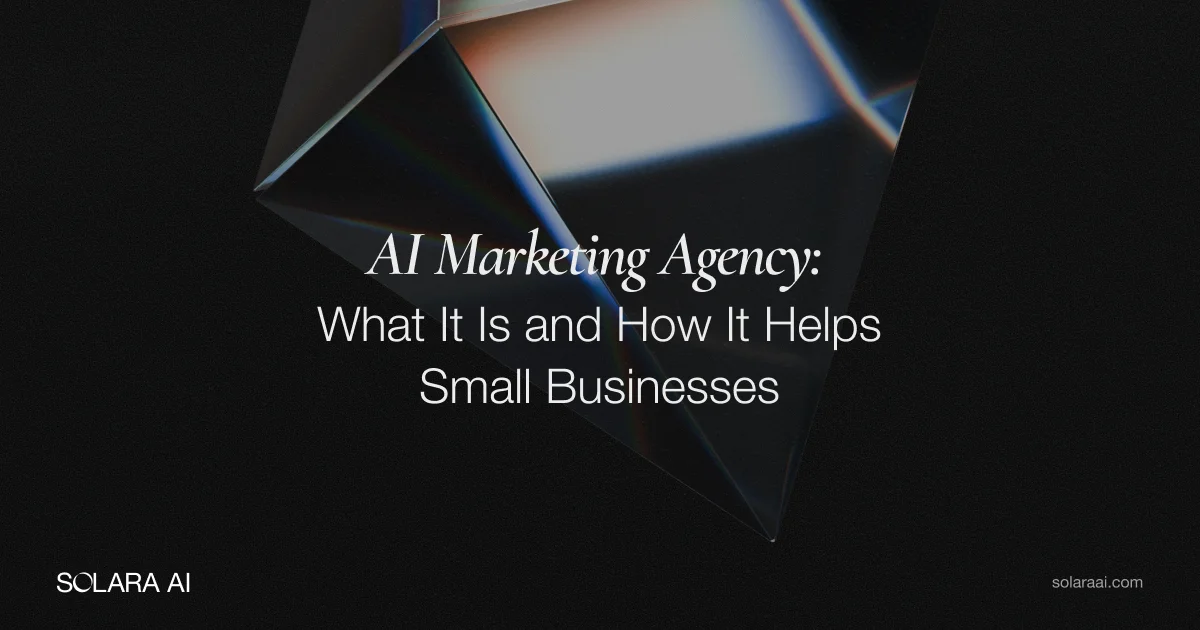
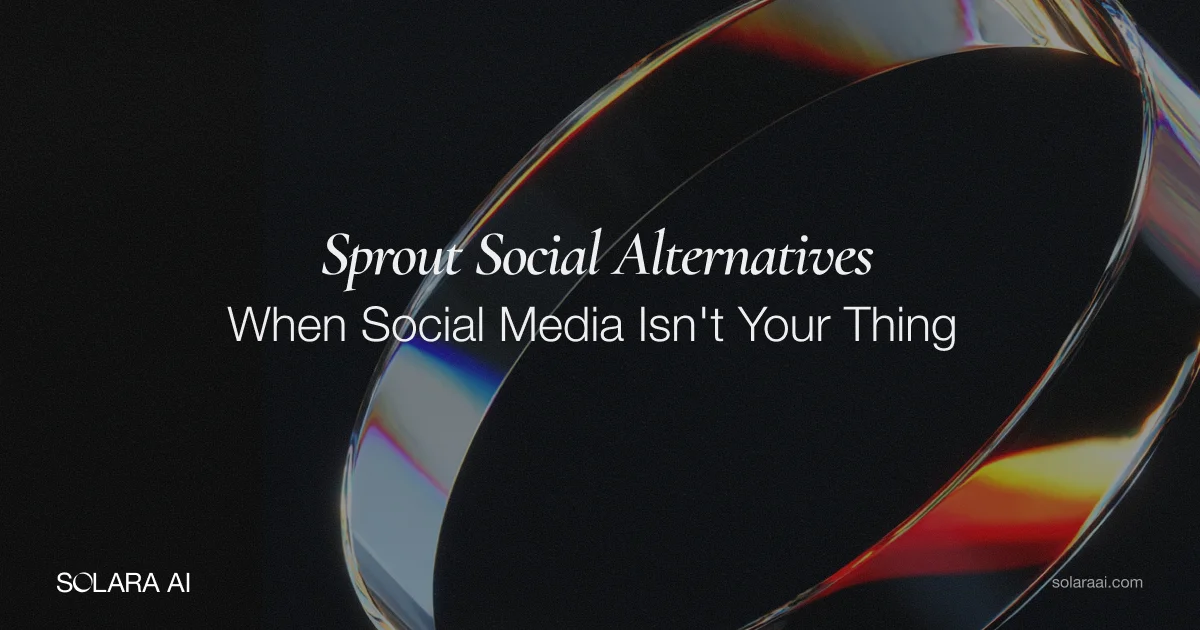



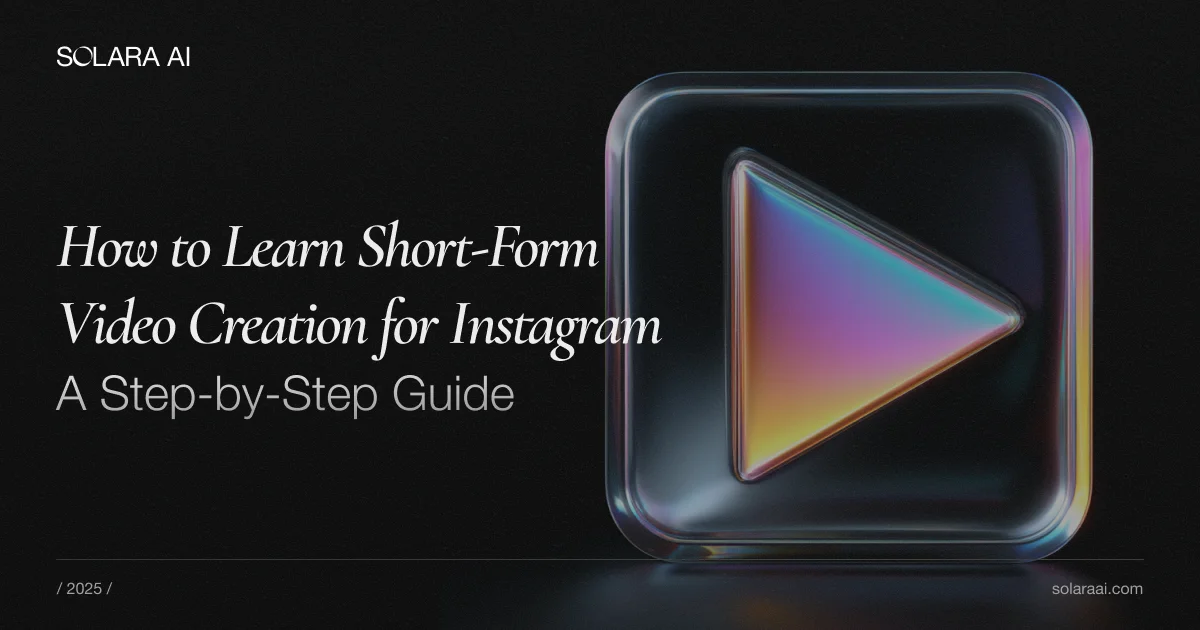


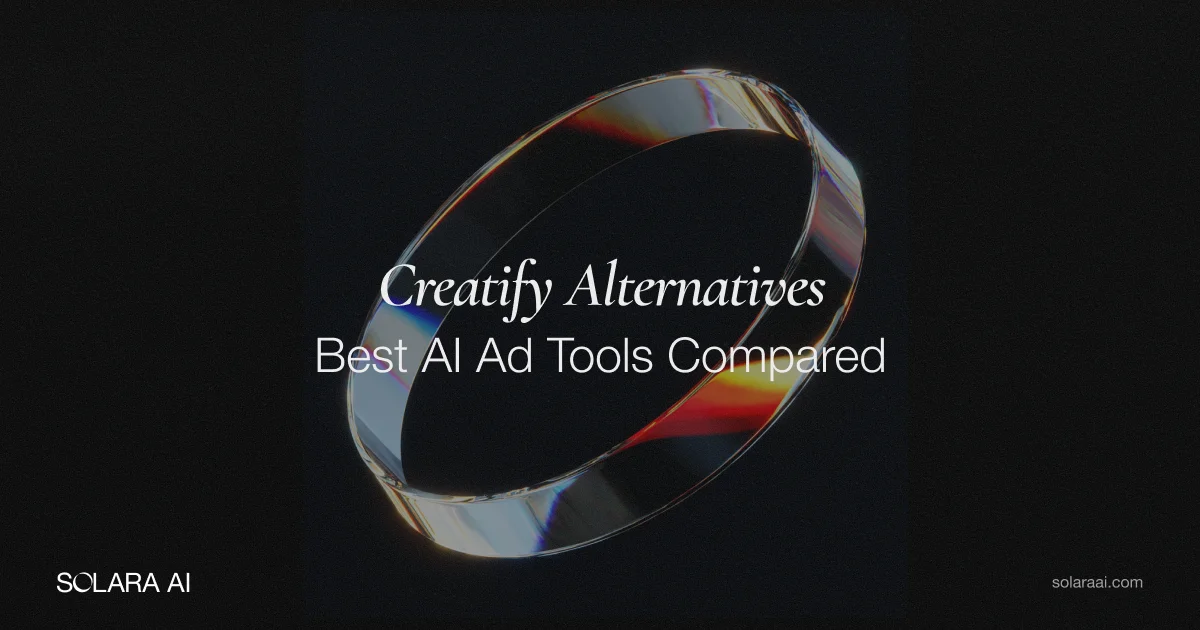



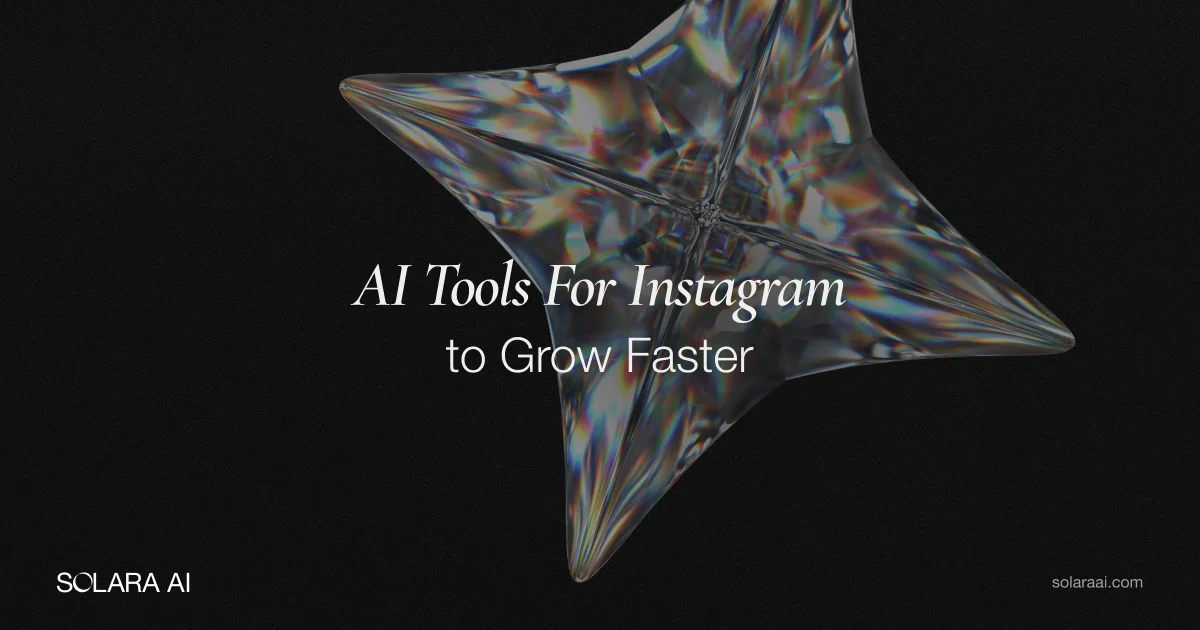
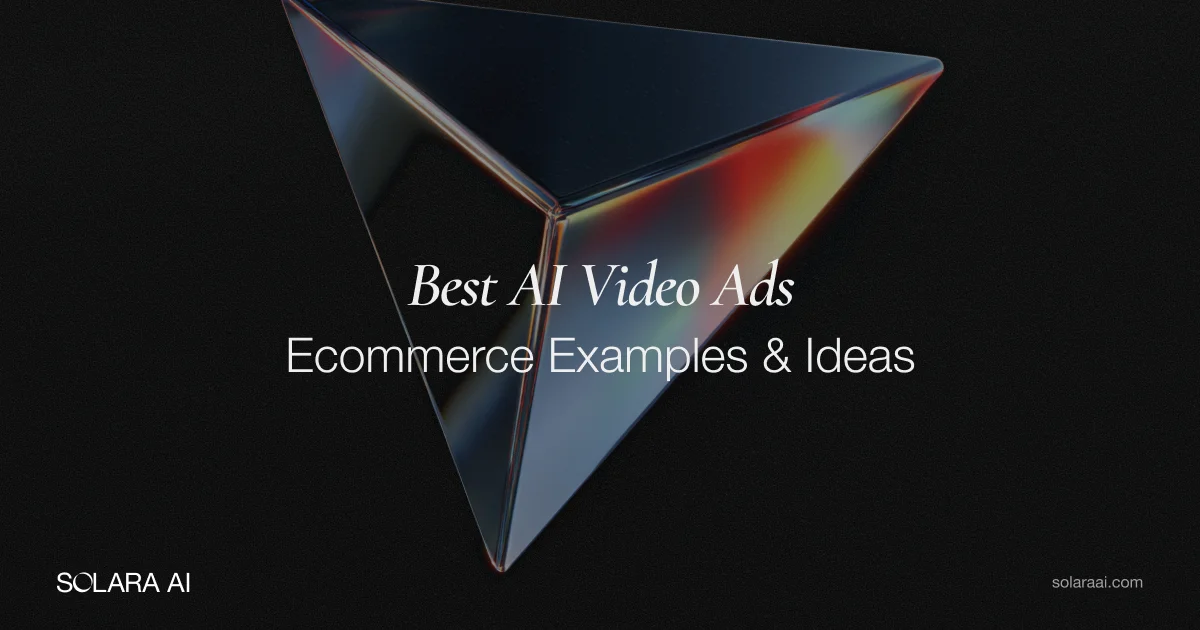
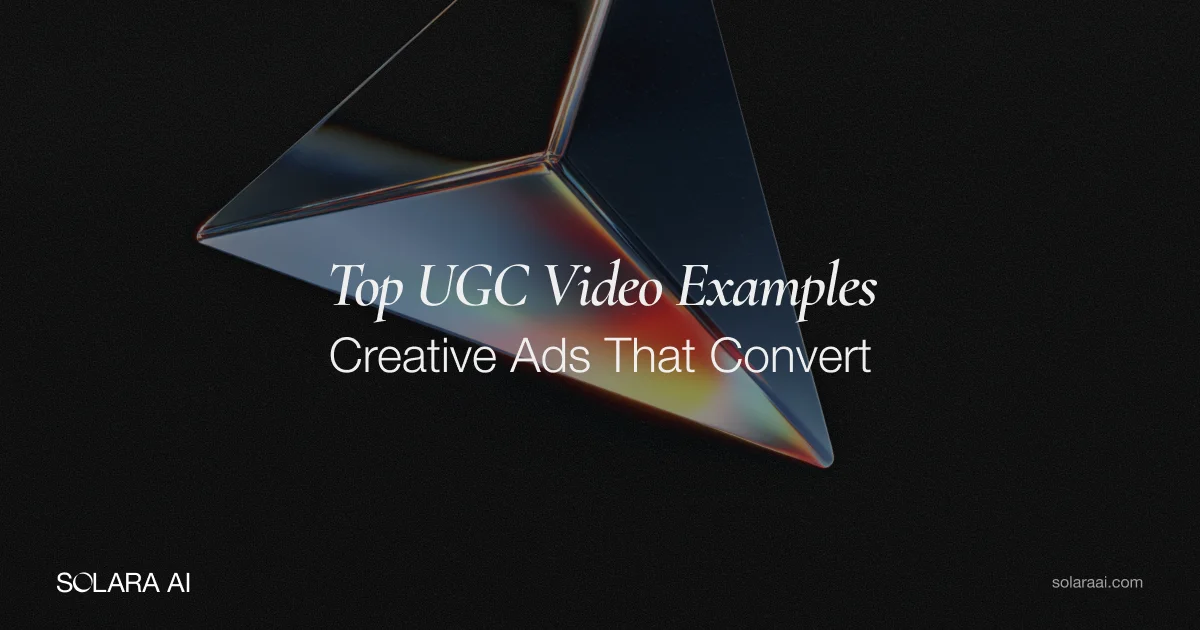

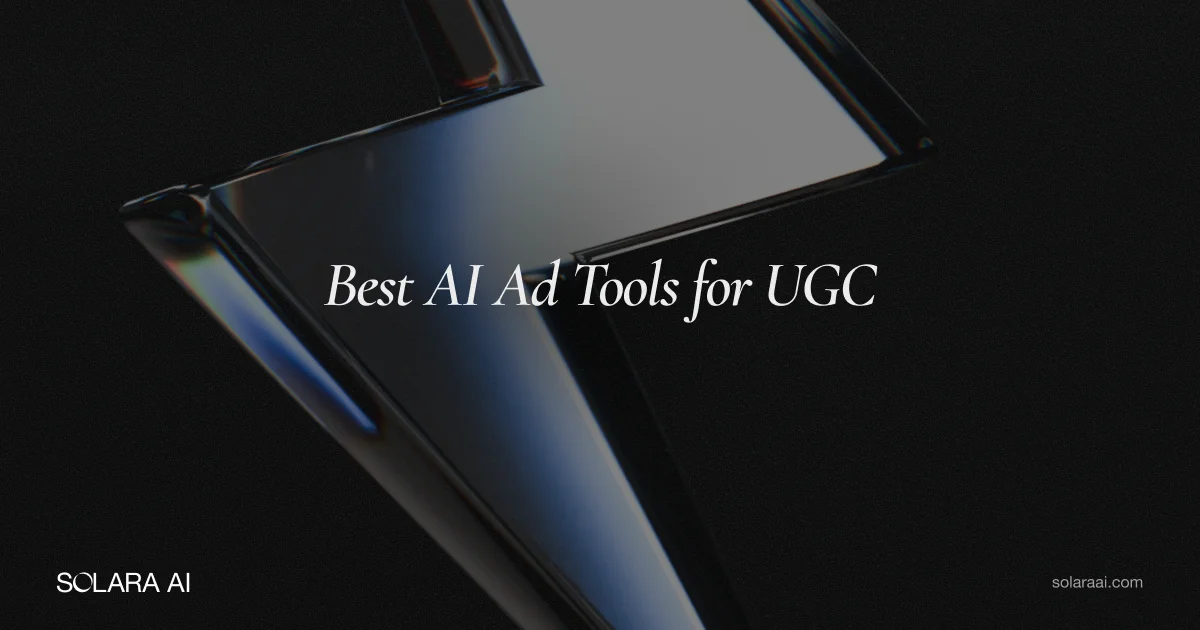

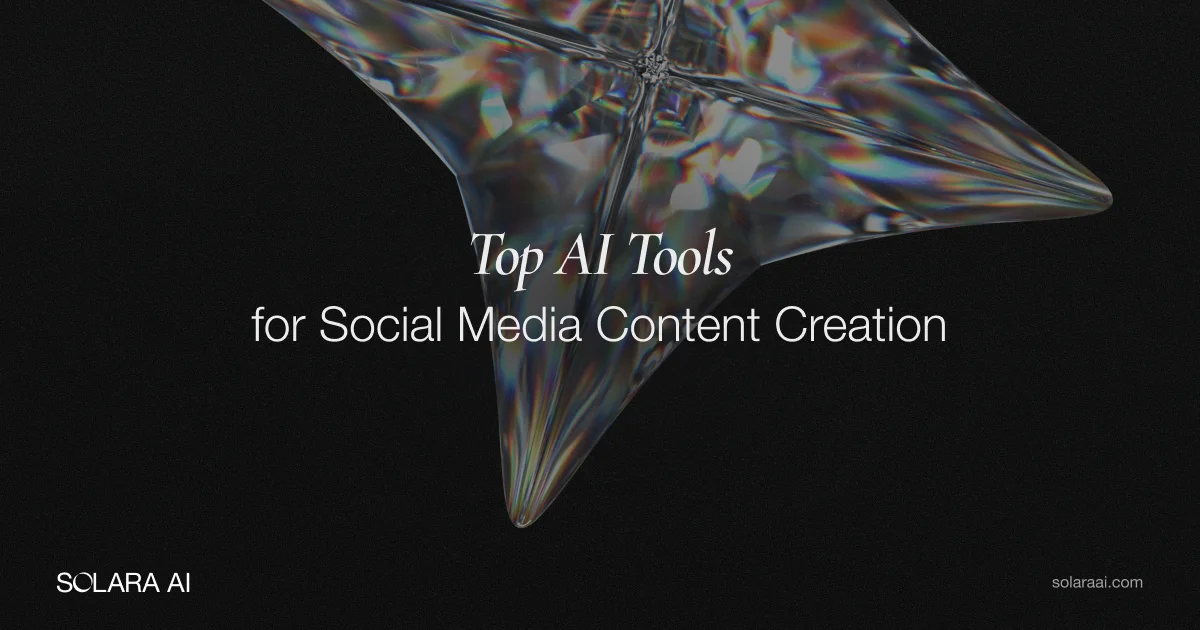





.png)



